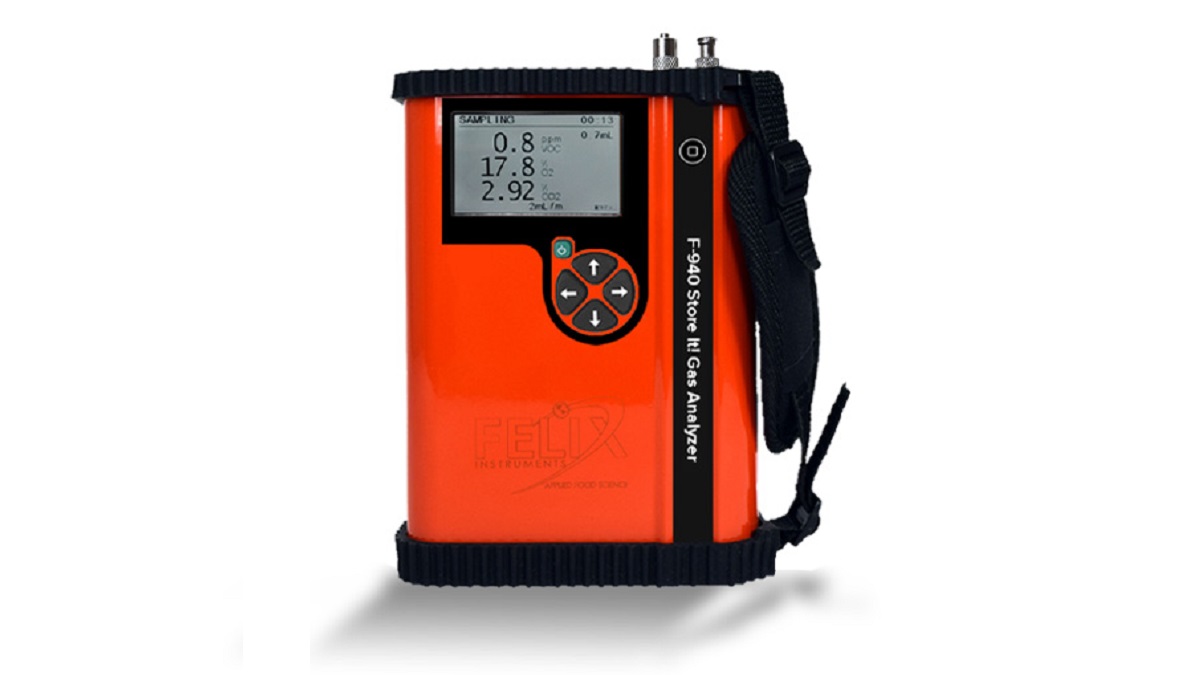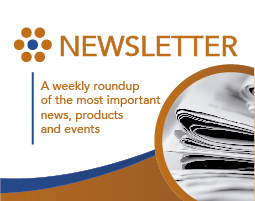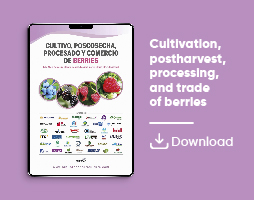

Felix Instruments
Measurements
Advances in Near-Infrared Spectroscopy for Root Crop Quality Detection
NIR spectroscopy can correctly estimate internal quality parameters like protein, sugar, water content, starch, and anthocyanins

Root crops, like potatoes, are crucial functional foods. They are also essential cash crops that can be rotated easily with other grains or legumes and yield higher profits than cereal, oilseeds, or pulses. However, quality detection methods are ineffective. Near-infrared spectroscopy can be a viable technology for nondestructive, accurate, and rapid quality analysis. Ren et al. (2025) have reviewed the various applications of NIR spectroscopy tested for root crop quality monitoring, which are discussed in this article.
Root Crops
Root crops include potatoes, sweet potatoes, cassava, and yams, which are vital nutritional foods. They are also used to make processed food and are raw materials for industrial products like sweeteners, starch, and alcohol.
Among root crops, potatoes are the chief non-grain food crop. They are cultivated in over 100 countries, with half the production and consumption occurring in developing countries. Potatoes are not exported but are prominently traded domestically and are crucial for food security. In 2023, 383 million tons of potatoes were produced globally.
However, current quality assessment methods of root crops are usually chemical analyses that are slow, ineffective, and require destructive sampling. The industry needs a nondestructive quality detection method that is precise, rapid, and easy to use and interpret. Quality monitoring of root crops postharvest can improve the ROI growers and producers get from root crops and protect consumer interests.
Near-infrared (NIR) spectroscopy, which is used to estimate the quality of other crops, has several advantages and could also be utilized for root crops in postharvest stages.
NIR Spectroscopy
NIR spectroscopy widely monitors fresh produce quality and fixes harvest time for sorting, grading, authentication, and retail prices. NIR spectroscopy is also used to test and analyze animal products.
Felix Instruments Applied Food Science has produced precise NIR spectroscopy-based portable devices designed for use on-site for over a decade. The F-750 and F-751 ranges of our Quality Meters are used in fresh produce supply chains and for research. In addition to a general quality meter, customized devices for grapes, mangos, kiwifruits, avocados, and melons can nondestructively measure dry matter, sugar content, titrable acidity, and color.
NIR spectroscopy uses the compounds’ absorption, reflection, and transmission of near-infrared light with 780–2500 nm wavelengths. Each functional chemical group produces varying spectra depending on its composition, which is used to identify them and estimate the quantities in which they exist. Chemometric models analyze the complex spectral data to provide accurate, actionable, quantitative analysis results.
NIR spectroscopy-based technology is nondestructive, very sensitive, easy to operate, and understandable. Portable devices can be used manually, and other sensors can be fixed for real-time online and inline monitoring. The technology is chemical-free and environmentally friendly, too. Online spectroscopy is helpful in processing for real-time raw materials analysis, spotting contaminants, and ensuring product quality. Spectroscopy is also beneficial for monitoring product quality at various steps of production.
NIR spectroscopy helps determine potatoes’ internal and external quality, and various applications tested are outlined below.
Root Crops’ Internal Quality Inspection
When root crops are used for processing, the internal quality of tubers is estimated on the conveyor belt to measure various parameters, such as proteins, moisture content, sugars, starch, and anthocyanins, as shown in Table 1.
Table 1: “Application of NIR spectroscopy in the internal quality inspection of tubers,” Ren et al. 2025. (Credits: https://chembioagro.springeropen.com/articles/10.1186/s40538-025-00747-5)

Protein
Proteins in root crops are used for nutrition and healthcare. NIR spectroscopy identifies proteins based on interactions with the N-H groups in the compound. NIR spectral data were combined with imaging to get hyperspectral images of proteins analyzed by the sweet potatoes’ partial least-squares (PLS) algorithm.
More studies are necessary to find optimal spectral pretreatment methods and precise spectral wavelengths for applying NIR spectroscopy to protein content analysis.
Sugar content
Saccharides or reducing sugar content are estimated as they indicate the flavor and quality of sweet potatoes. Knowing the saccharide levels of sweet potatoes used for the alcohol fermenting process is necessary. Purple potatoes’ soluble sugar contents (SSC) are used to estimate quality and sweetness. In both cases, rapid and precise SSC estimation is valuable.
Data fusion and multispectral imaging have been used to estimate sugar levels in potatoes using PLS models. PLS and multiple linear regression (MLR) models can be used for sweet potatoes.
Though the NIR imaging technology was successful, incorporating other preprocessing methods could improve sugar predictive performance.
Soluble substances
Soluble solids other than sugars also enhance the palatability and flavor of root crops. Sweet potatoes ‘ soluble sugars were estimated using spectral data and an extreme learning machine model. Hence, NIR spectroscopy can successfully predict this group of compounds in root crops.
Starch
Starch is a vital quality indicator for potatoes, and it is necessary to produce food, biofuels, chemical additives, and pharmaceutical products. Information on the composition and quantity of starch determines the use of processing enzymes in producing industrial goods from potatoes. The distribution and size of starch granules are also crucial. Current methods for determining starch and its distribution are laborious and expensive. When used online, NIR spectroscopy and chemometrics have predicted starch precisely in sweet potatoes, potatoes, and cassava.
Water content
The water content of tubers determines their storage capacity, making root crops susceptible to spoilage, even in cold storage. NIR spectroscopy interaction with the O-H bonds can predict water content in tubers. However, NIR techniques to predict water content are not sufficiently developed, even though initial research indicates they are feasible for use in the field with improved chemometric models.
Anthocyanins
Anthocyanins are antioxidants that combat free radicals and improve health. However, due to many environmental factors, anthocyanins, the pigments that color potatoes purple, decrease concentration during storage. The loss of anthocyanins affects the tubers’ nutritional value. The color loss in purple and sweet potatoes has been monitored through near-infrared spectroscopy.
Besides internal quality, external parameters can also be evaluated by NIR spectroscopy.
















